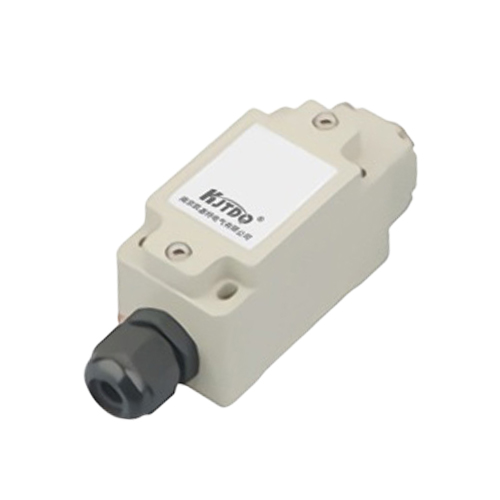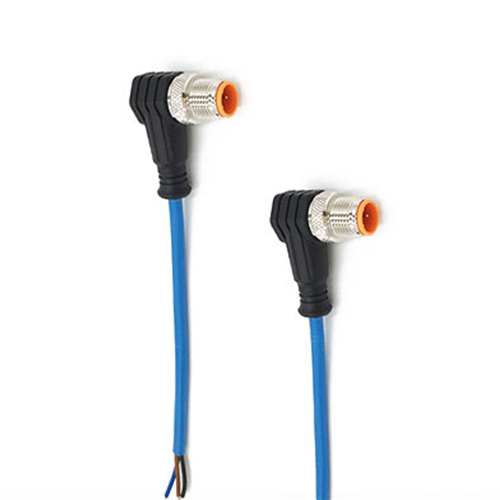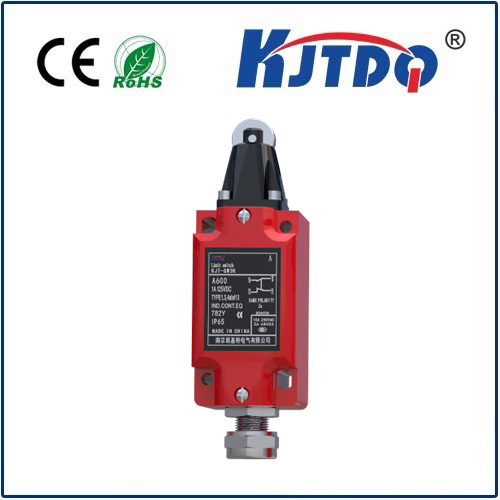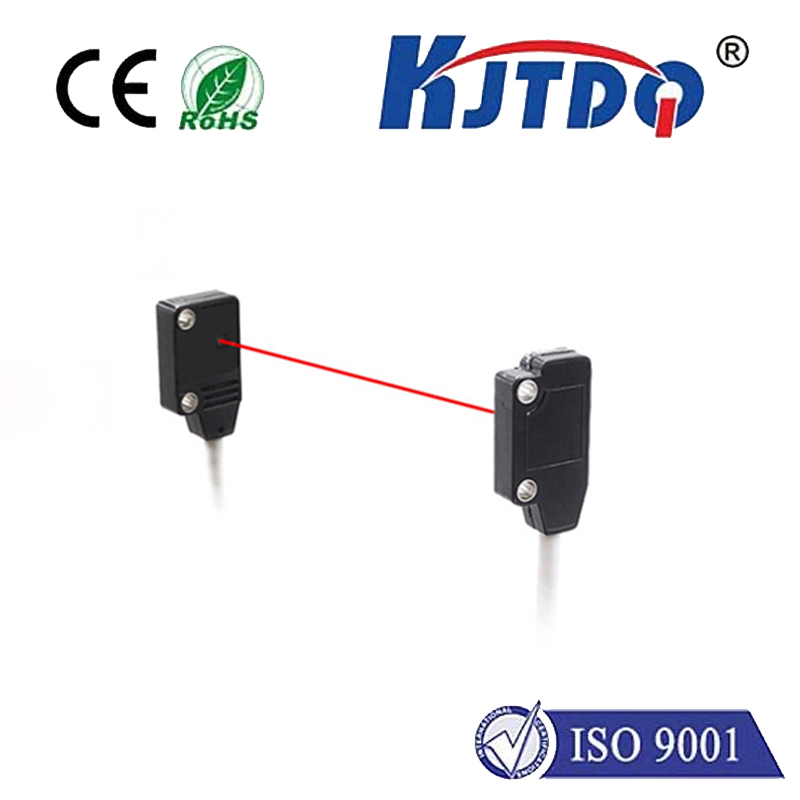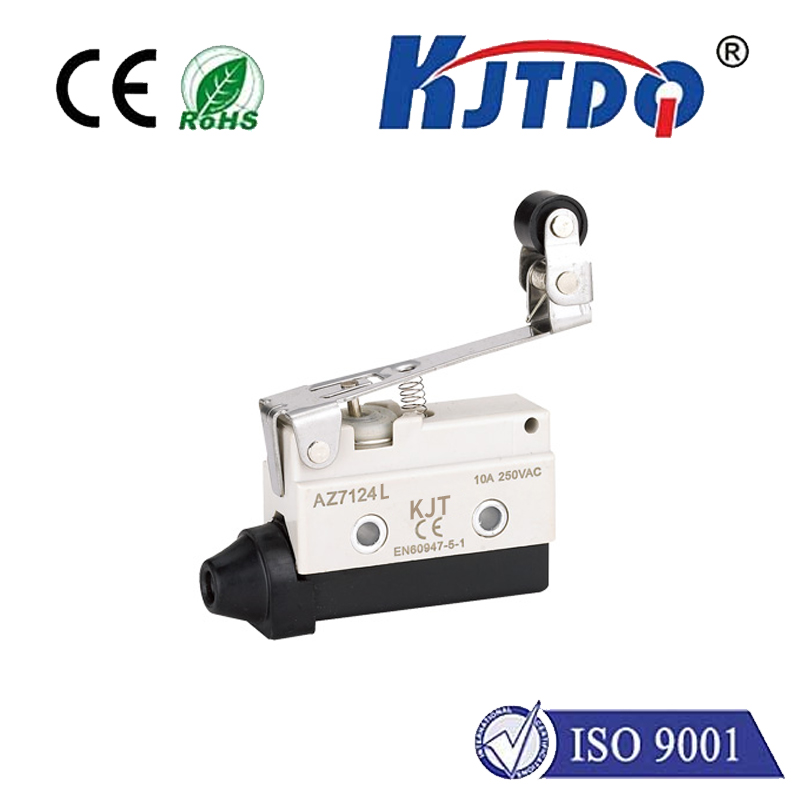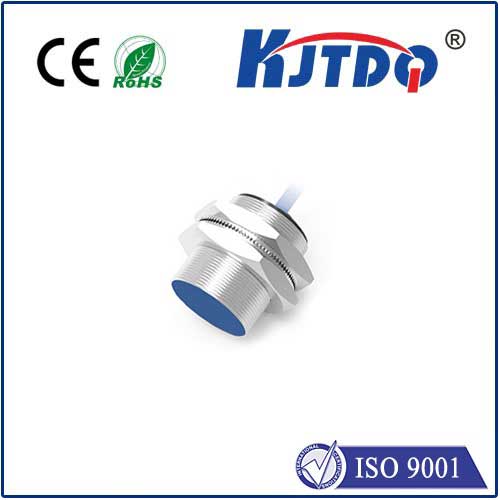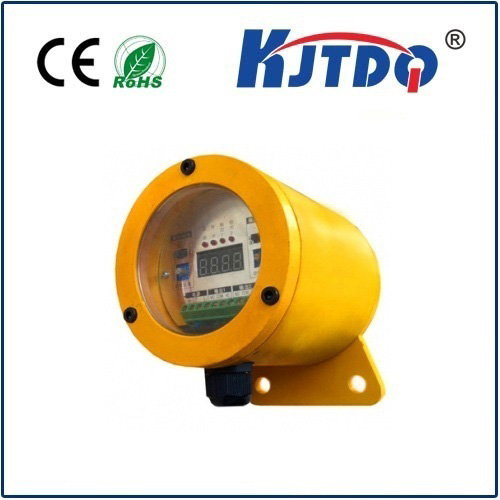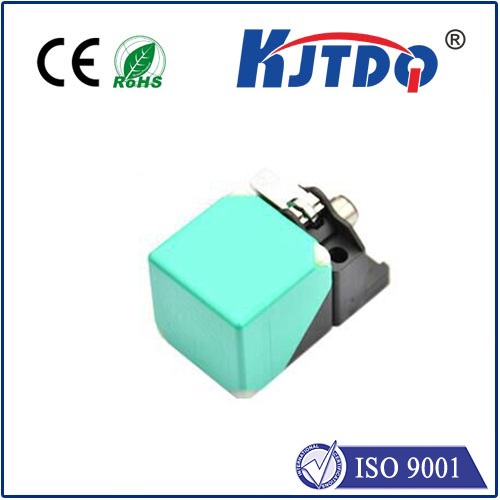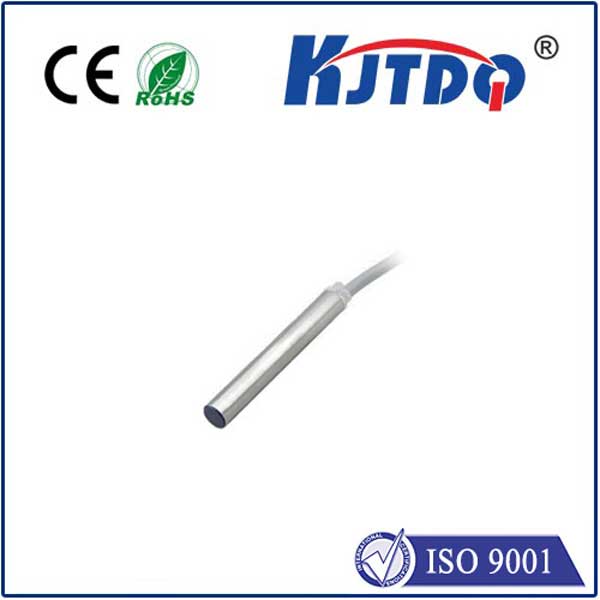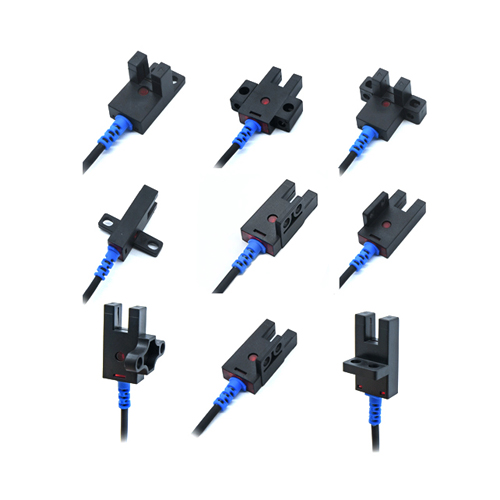iphone temperature sensor
- time:2025-08-20 03:58:42
- Нажмите:0
iPhone Temperature Sensing Demystified: What it Can & Can’t Measure
Ever felt your iPhone turn into a pocket heater during intense use or wondered if it could tell you the room’s temperature? The idea of an iPhone doubling as a digital thermometer is appealing. However, the reality of iPhone temperature sensing is more nuanced and often misunderstood. Despite being packed with sophisticated sensors, your iPhone doesn’t have a dedicated thermometer designed to measure ambient air or object temperature like some specialized devices or even newer Apple Watches. Understanding this distinction is crucial for setting realistic expectations.
The Core Misconception: No Dedicated Thermometer
Unlike the barometer for altitude or the gyroscope for orientation, Apple has consistently not included a standalone ambient temperature sensor within the iPhone’s core hardware suite. The primary temperature sensors found inside an iPhone serve critical internal functions:
- SoC & Battery Thermals: Multiple thermistors (temperature-sensitive resistors) are strategically placed near the System on a Chip (SoC - like the A-series processors) and the battery. Their sole purpose is to monitor heat levels to prevent damage. When temperatures rise too high (during intensive gaming, video editing, or charging in hot conditions), these sensors trigger thermal throttling (slowing the processor) or even emergency shutdowns to protect critical components. You see this reflected in warnings like “iPhone needs to cool down.”
- Environmental Conditions: While not measuring temperature directly, other sensors like the barometer (measuring air pressure) contribute indirectly to environmental awareness, often used in conjunction with weather apps that source external data.
Why the Absence of a Dedicated Sensor?

Several technical and practical reasons likely influence this design choice:
- Accuracy Challenges: Measuring ambient air temperature accurately with a device that generates its own heat is problematic. The heat from the battery, processor, and even display can significantly influence a small sensor inside the case, leading to readings skewed towards the device’s internal temperature rather than the surrounding environment. Placing a sensor externally poses design and durability issues.
- Power Consumption: While tiny, adding another sensor adds incremental power draw. Apple prioritizes battery life optimization meticulously.
- Cost & Use Case Priority: Apple allocates cost and space to features with broader, more immediate utility for the majority of users. Ambient temperature sensing likely hasn’t met that threshold inside the phone, especially given the availability of cheap standalone thermometers or weather services.
- The Apple Watch Factor: With the Apple Watch Series 8 and later, Apple did introduce a dedicated temperature sensor. Its primary initial focus, however, was retrospective ovulation tracking using subtle nighttime wrist temperature variations, not providing real-time ambient readings. This suggests Apple sees the context (wrist vs. pocket/desk) as critical for meaningful temperature data.
Workarounds and Indirect Methods
While your iPhone lacks a true ambient thermometer, there are ways to get temperature readings:
- Weather Apps (The Primary Solution): This is the most accurate and practical method. Apps like Apple Weather, AccuWeather, or The Weather Channel use location data (GPS or network-based) combined with data feeds from vast networks of professional weather stations near your location. Some apps even incorporate anonymized data from personal weather stations. This provides highly accurate ambient outdoor temperature readings for your general area.
- Bluetooth Thermometers: You can pair external Bluetooth Low Energy (BLE) temperature sensors with your iPhone. These small devices, placed where you need the reading (like a room, fridge, or grill), send the temperature data directly to a companion app on your iPhone. This bypasses the iPhone’s lack of a sensor by using an external one.
- Pushing Boundaries: LiDAR and Apps (Limited/Experimental):
- Infrared Demos: The advanced LiDAR scanner and powerful camera systems on Pro iPhones have been explored for limited thermal imaging in controlled lab settings or specific industrial apps using calibrated external references. However, this is not a consumer feature and requires specialized access and calibration, not “point-and-read” functionality. Apps claiming to use the camera for ambient temperature readings are generally inaccurate and unreliable, as the camera primarily senses light, not infrared radiation emitted by objects based on their temperature.
- Proximity Sensor Tricks: Some highly niche apps might attempt to infer very rough ambient temperature changes by monitoring the proximity sensor’s behavior over time, as its performance can be slightly temperature-dependent. However, this is fundamentally inaccurate and not designed or supported for this purpose. Do not rely on such apps.
The Future: Where Could Apple Go?
Apple holds patents related to integrating environmental sensors (including temperature) into mobile devices. The introduction of the sensor in the Apple Watch demonstrates their interest in this domain. Potential future integration into iPhones could focus on:
- Enhanced Health Metrics: Supplementing other data streams for health insights.
- Hyper-Local Environmental Awareness: Providing more precise micro-climate data for smart home or automation triggers.
- Improved Internal Calibration: Using an ambient sensor to better calibrate internal thermal management algorithms.
Reliable Temperature Data Today
For now, the message is clear: Your iPhone excels at managing its own temperature but doesn’t measure the world’s temperature directly. Don’t expect an app to magically transform your camera into a thermometer with reliable results. For trustworthy ambient temperature readings:
- Use reputable weather apps leveraging professional station data and your location.
- Invest in a dedicated Bluetooth thermometer if you need precise readings for a specific indoor or outdoor spot.
- Consider an Apple Watch Series 8 or later if tracking wrist temperature trends for health insights is your goal, remembering its unique purpose and limitations.
Understanding the role of your iPhone’s internal temperature sensors – protecting the device – and leveraging external sources like weather services or dedicated sensors remains the most effective approach to knowing the temperature around you. The hardware simply isn’t built for direct ambient sensing, but the iPhone brilliantly uses its sensor suite to protect itself and deliver weather data sourced from elsewhere.

